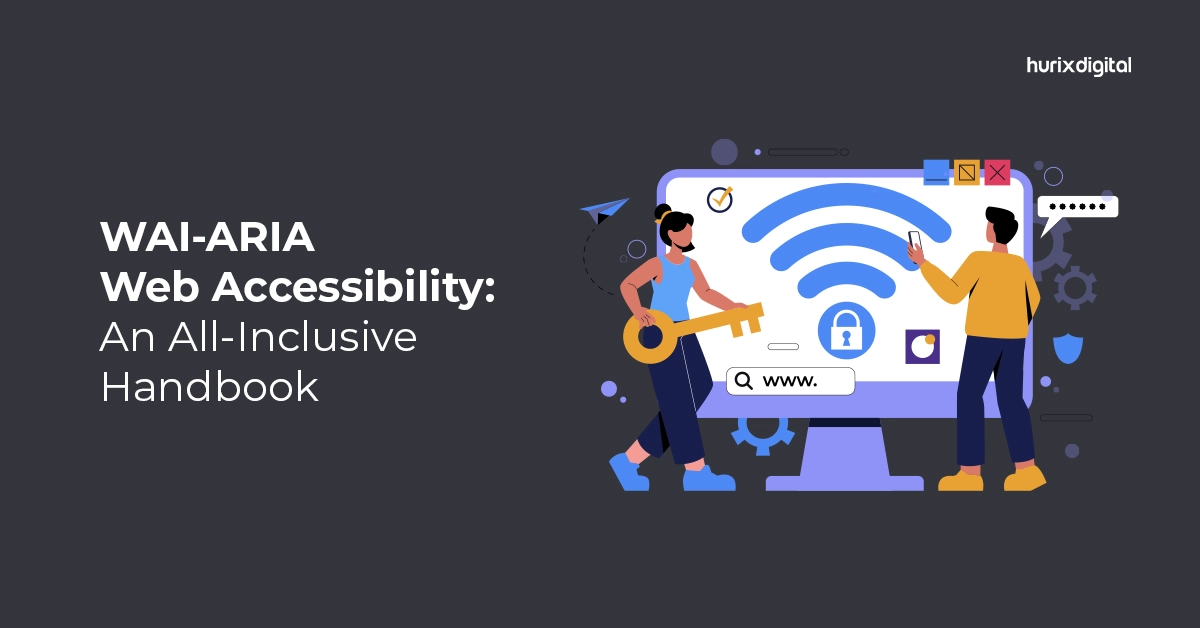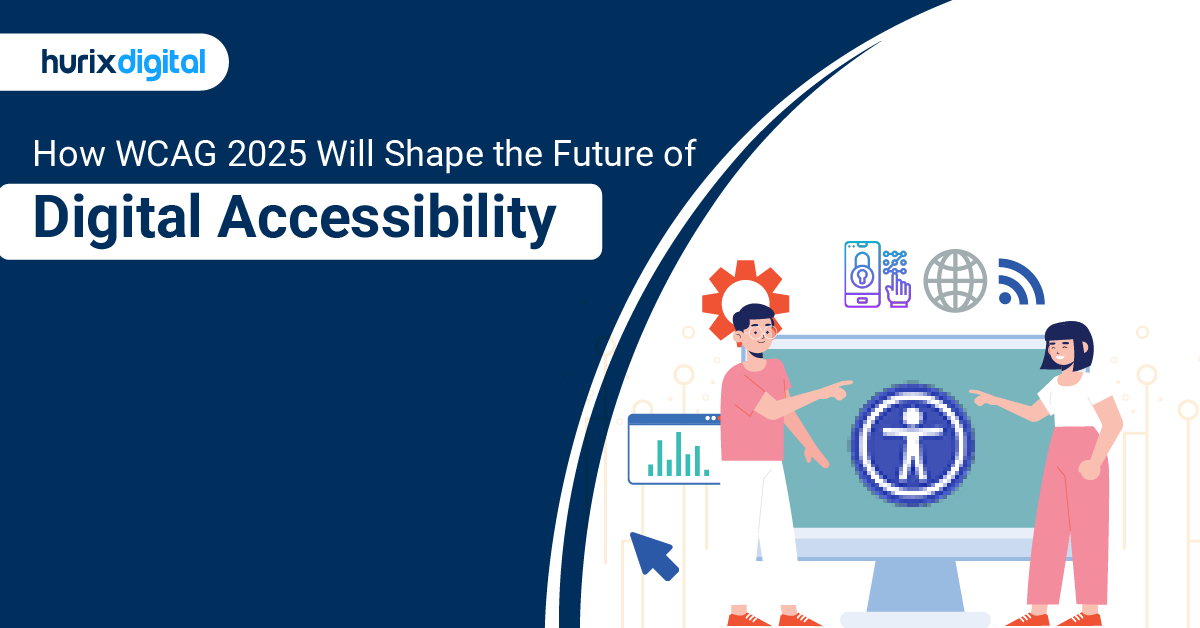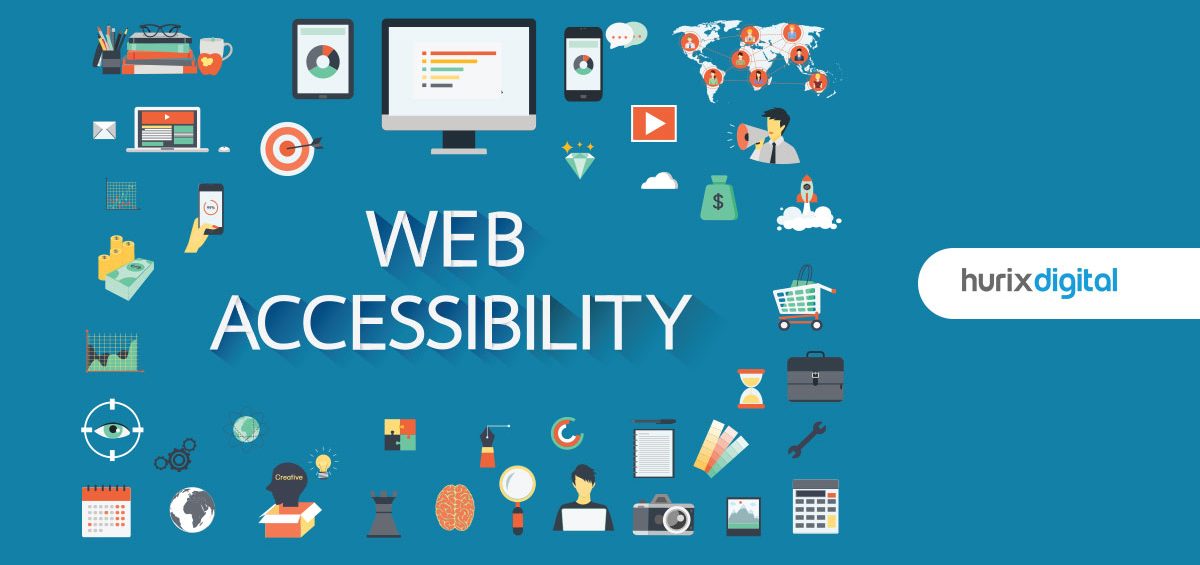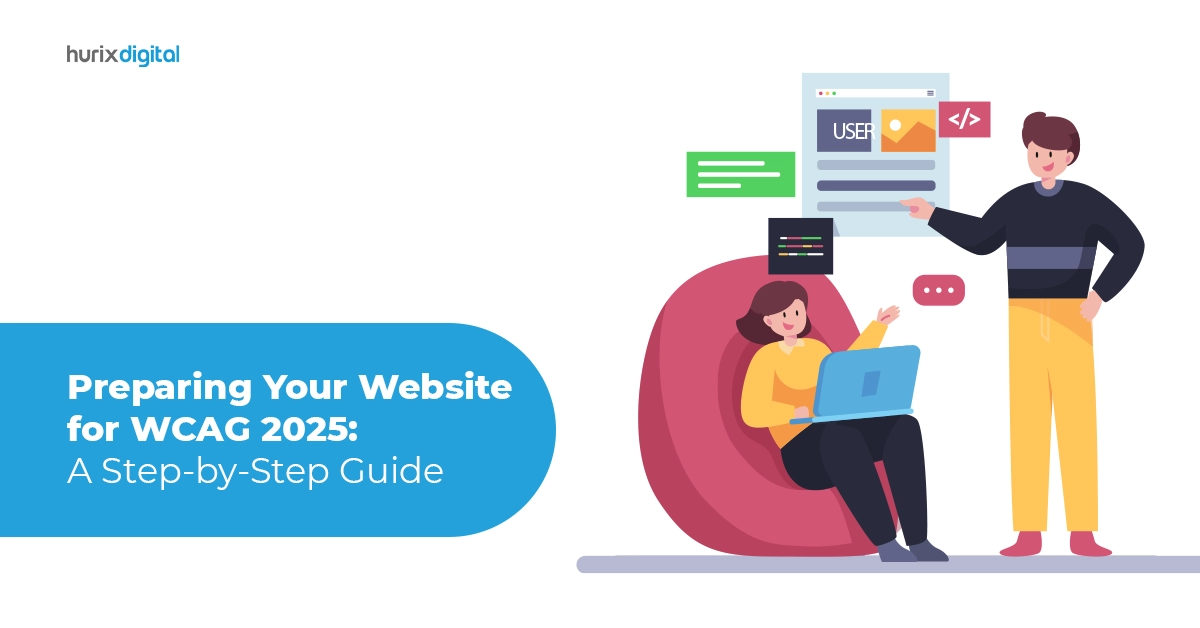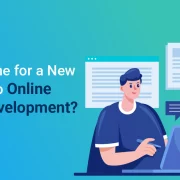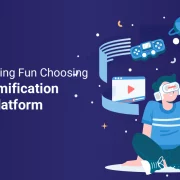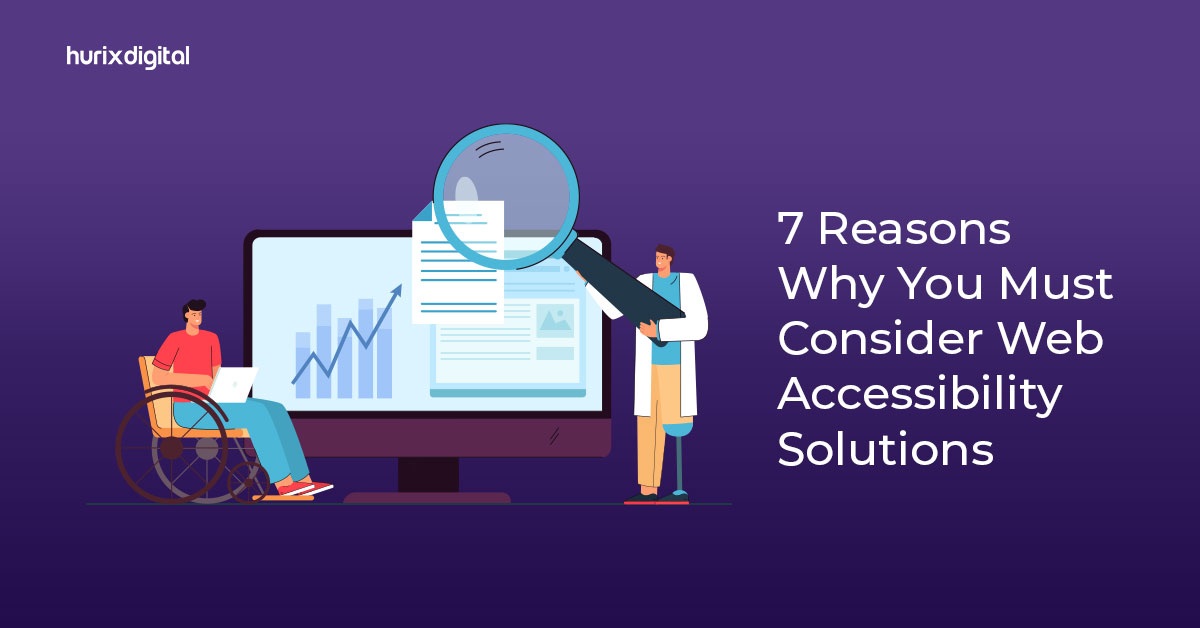
7 Reasons Why You Must Consider Web Accessibility Solutions
Summary
Explore how web accessibility enhances SEO, design, traffic, sales, user experience, and brand reputation, boosting business in the digital market.
The internet is a huge place, and getting your content in front of your target audience is essential. It’s also important that your website is accessible. This means that it can be used by everyone who visits it, regardless of ability or disability.
Let’s know the advantages of choosing Web Accessibility Solutions!
Table of Contents:
- Top 7 Advantages of Web Accessibility Solutions
1. Improved Search Engine Optimization (SEO)
2. Better Web Design
3. Increase in Traffic
4. Improve Conversion Rates
5. Better User Experience
6. Brand Reputation
7. Increased Sales - Other Advantages of Web Accessibility Solutions
- Conclusion
Top 7 Advantages of Web Accessibility Solutions
1. Improved Search Engine Optimization (SEO)
When you create a website, it’s only natural that you want it to be found online. Search engine optimization (SEO) is the process of improving search engine rankings to drive more traffic to your site.
With an accessible website, you will increase your chances of getting higher rankings on Google and other search engines. Due to the nature of its features, an accessible website has a better user experience (UX), which translates into increased sales and conversion rates.
This means business owners who make their websites accessible can expect increased sales leads and revenue over time.
2. Better Web Design
If you’re a business owner or designer, why should you care about web accessibility? By making your website more accessible, you’ll be able to create a better user experience for all of your customers.
This means the design of your site will be more appealing and easier to navigate for people who have low vision or other disabilities. It also means that it will be more professional-looking and user-friendly for everyone.
If you’re a business owner who wants to make your website more accessible, it’s important to know the guidelines and how they might apply to your site.
Also Read: Guide To Web Accessibility Regulations and Standards
3. Increase in Traffic
When people visit your website, they want to be able to engage with it as easily as possible. This means if your site is inaccessible, you’re making it more difficult for people who need access to the site.
For example, if you have an image map navigation system on your website and someone uses a screen reader to interpret the content of the page or relies on assistive technology like a keyboard shortcut to navigate from link to link within the page, then they will struggle to find their way around.
As a result of this poor experience, these visitors may be less likely to return, which can impact user engagement metrics over time.
To address these issues, we recommend that you test all new pages added since April 2014 so that anyone who visits them has a positive experience irrespective of their device type or operating system – whether it’s on a desktop PC/laptop, tablet, or mobile phone device.
4. Improve Conversion Rates
Conversion rate is the percentage of people who take an action you want them to take. A higher conversion rate means more sales, but it’s affected by many factors, including web accessibility.
Making your website more accessible could help you achieve revenue goals even if it doesn’t result in a higher conversion rate.
For example, suppose your website is indeed optimized for mobile users who can access your content and make purchases on the go.
However, if those mobile users have trouble accessing certain parts of your site because they have disabilities that cause vision problems or require assistive technologies like screen readers, they may not be able to complete their purchase as easily as they would if there were no barriers.
Their experience might end up being confusing, borderline frustrating, and undesirable. This can happen even though there was nothing wrong with either the product or the process itself – they may choose not to return at all or make another purchase later down the line.
In this way, web accessibility eliminates the barriers that might prevent a customer from purchasing your online store, thereby increasing conversion rates.
5. Better User Experience
As a business owner, you would want your website to have a good user experience and for people who visit your site to enjoy their time there.
But what does that mean? A good user experience means that people are satisfied with their visit and return because of it. One way in which you can increase satisfaction is by providing content that’s accessible to all users, regardless of their abilities or devices.
An accessible user interface makes life easier for people with vision problems or cognitive disabilities – and makes them more likely to return when they need more information about a topic they’re interested in learning.
6. Brand Reputation
You might not realize it, but accessibility can have a huge impact on your brand reputation. Accessibility is an important part of the user experience and a key factor in improving user engagement and purchase conversions.
Many are even claiming that the end of the inaccessible web is finally here, owing to the overall damage it can have to a firm’s brand reputation.
Inaccessible websites can also hurt business in other ways:
- Potential customers may feel you don’t care about their needs if your website isn’t accessible.
- You risk losing out on sales opportunities because potential customers can’t access your site.
The bottom line is clear – if you want to build an effective website that will drive traffic and boost revenue for your business, then make sure it’s accessible to avoid driving away customers who might have difficulty using it.
7. Increased Sales
A site that is not accessible will tend to be less useful than one that is. But there are other benefits too, increased sales being one of them.
When web accessibility solutions are utilized on your website, your site becomes more attractive to search engines and potential customers alike.
This means more people can access your content and make purchases without worrying about getting stuck with a broken page or running into usability issues that prevent them from completing their tasks quickly and efficiently.
In addition, making your website accessible lowers the number of time employees spend troubleshooting accessibility issues – this means they can focus on their primary duties instead of spending precious hours trying to bypass barriers on the web platform itself or rendering resources inaccessible through poor design decisions.
Other Advantages of Web Accessibility Solutions
There are several other advantages to having an accessible website as well:
- Improved Search Engine Optimization: It’s no secret that Google is constantly working to provide its users with the best experience possible. By following the guidelines outlined by WCAG 2.0, you can make your site more accessible and therefore improve your SEO ranking on Google.
- Better Web Design and Usability: The easier it is for your customers to use your website, the more likely they will make a purchase or sign up for your services – especially if their experience is enjoyable!
- Reduces Barriers: These may be between you and potential clients, which ultimately increases traffic on your website as well as conversion rates from visitors into buyers or subscribers.
Also Read: How Vital is Web Accessibility in The Digital World?
Conclusion
There are many advantages to having an accessible website. With the increasing competition in digital marketing, taking advantage of every opportunity you can find is essential. The above-listed benefits are just a few examples of how you can improve your brand reputation and increase sales with the help of web accessibility solutions.
For the best web accessibility and quality assurance services available, Hurix Digital can tailor services to exactly suit your needs. Get in touch with our experts today.

Vice President – Digital Content Transformation. He is PMP, CSM, and CPACC certified and has 20+ years of experience in Project Management, Delivery Management, and managing the Offshore Development Centre (ODC).
